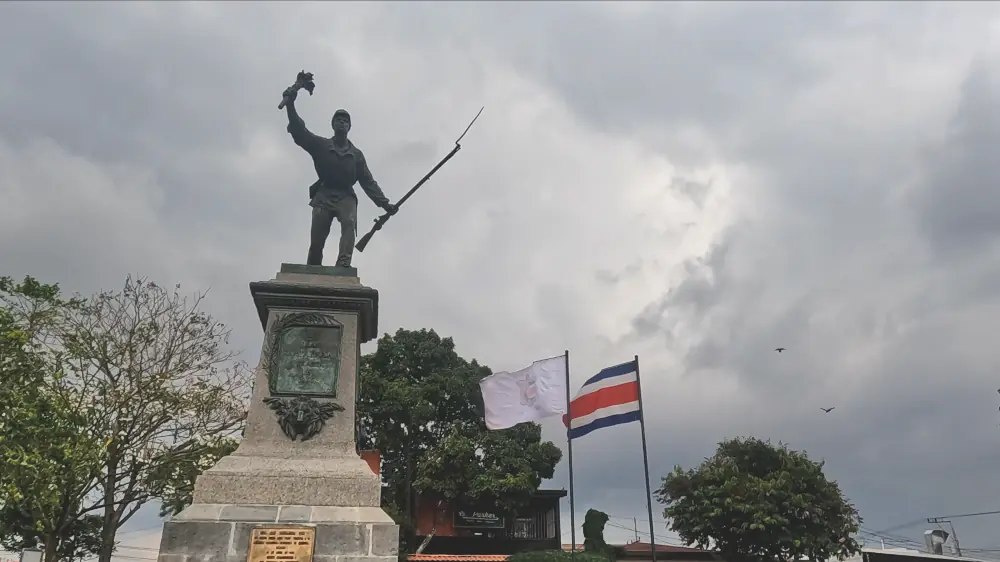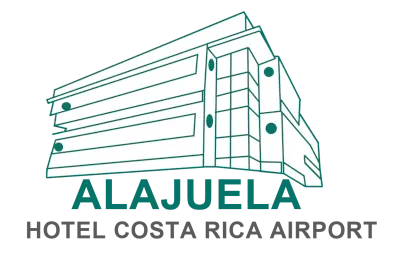Brief history of Alajuela
Brief history of the city of Alajuela
In Costa Rica, the word “Alajuela” is used to denominate three different administrative spaces. A province, which is not really important because provinces in the country do not have their own government or autonomy. Then we got a canton of the same name. In this case, there is importance here as they have their own local government. Then we have a city, that is conveniently the capital of the canton previously mentioned. In this case, we will talk about the city of Alajuela, where our hotel is located. We hope you enjoy this article.

From the conquest to the independency
Small settlements in the area were founded around the XVII century by the Spanish. They got some clashes with the current inhabitants of the area, the Huetares, led by the chief Garabito. The most ancient records show that one of the settlements that survived until XVIII was named La Lajuela. La Lajuela became the main village of the area thanks to religious reasons. The first public place of prayer was founded with the authorization of the ecclesiastical authorities. This place was just 30 meters away from the current cathedral is located nowadays. As the population grew, the locals asked for the foundation of a parish which was granted from the bishop Esteban Lorenzo de Tristan. Then, at the beginning of the XIX century, a motion issued from Spain changed the status of the quarter to town. It was renamed Villa Hermosa then San Juan Nepomuceno de Alajuela. In 1824 the town was granted the status of a city and was renamed Alajuela, as we know it today.
Alajuela after the independence
After Costa Rica entered its infant stages as a new country, things were not easy. Just 1 year and a half after its independence Costa Rica had its first civil war. This conflict confronted the imperialists, who wanted to join the First Mexican Empire, and the republicans, who wanted total independence. Alajuela was on the republican side alongside San Jose. Despite being invaded by Heredia for a few days, the Republicans won, and Alajuela was liberated. Around 1835, Costa Rica’s central valley was really divided because of self-interest. Every main city wanted to be the capital. Because of this, the “ambulance” law was approved. The purpose was to give every city the right to be the capital for a fixed amount of time, then change to the next one until it was Cartago’s turn. By then the law said the capital should have remained in Cartago. But the current government decided that such a law had to be derogated and civil war erupted again. Alajuela lost this time and with that the only opportunity that the city had to become the capital.
Juan Santamaria
The national hero, Juan Santamaria, originally from Alajuela, participated in the campaign against the filibuster invaders. In the Battle of Rivas Juan Santamaria took the torch after two fellow soldiers lost their lives trying. The objective was to burn the house that was sheltering the invaders. Santamaria achieved the goal but at the cost of his life. Santamaria will become an icon synonymous with freedom. A park in Alajuela and the airport are named after him.
Last years of XIX century and XX century
Alajuela kept growing in both population and importance bringing an economic boom that translated into the construction of many institutions like the Instituto of Alajuela, a high school, and the Cuartel of Armas, a military base. It was in the XX century when Alajuela became internationally known thanks to the soccer player Alejandro Morera Soto, who played for none other than F.C. Barcelona. In 1958 the “El Coco International Airport” was inaugurated. Contrary to what is indicated by the authorities, this airport, later renamed Juan Santamaria Airport, is indeed located in Alajuela. One of the most popular soccer teams in the country, Liga Deportiva Alajuelense has its base located in Alajuela since its foundation in 1919. Their stadium is located north of the city. This stadium is named after Alejandro Morera, the previously mentioned soccer player who played for many years for the club.

Alajuela in modern times
Alajuela City has been struggling as commerce has been driven away from downtown because of monopoly practices since the 80’s. Businesses, stores, and workshops were closing even before the pandemic. Meanwhile, other districts in the same canton have been booming, like San Rafael, El Coyol, and Montecillos, among others. The opening of the City Mall, a huge mall established just 1 kilometer away from downtown, has helped the city to regain part of its former importance. Meanwhile, the creation of a modern bus terminal has been a huge improvement in Alajuela traffic and commerce. The terminal helps to locate all the bus services and their destinations.
Conclusions
Alajuela is still one of the most important cities in Costa Rica, worth visiting as it retains part of that XIX-century feeling with many old buildings in good shape. Churches, being the oldest buildings, have the charm of the combination of the old with the new. Parks can be crowded or the opposite, your choice of what you prefer. Some of these parks have traditional art represented as sculptures, for example, the park located near the former hospital, has a statue of Alejandro Morera Soto and a bust of Eloy Alfaro, former president and member of the army of Ecuador. Alajuela has now a healthy ambient for commerce with spaces for both day and night dwellers. Indeed, Alajuela has much culture and history to share with its visitors.
